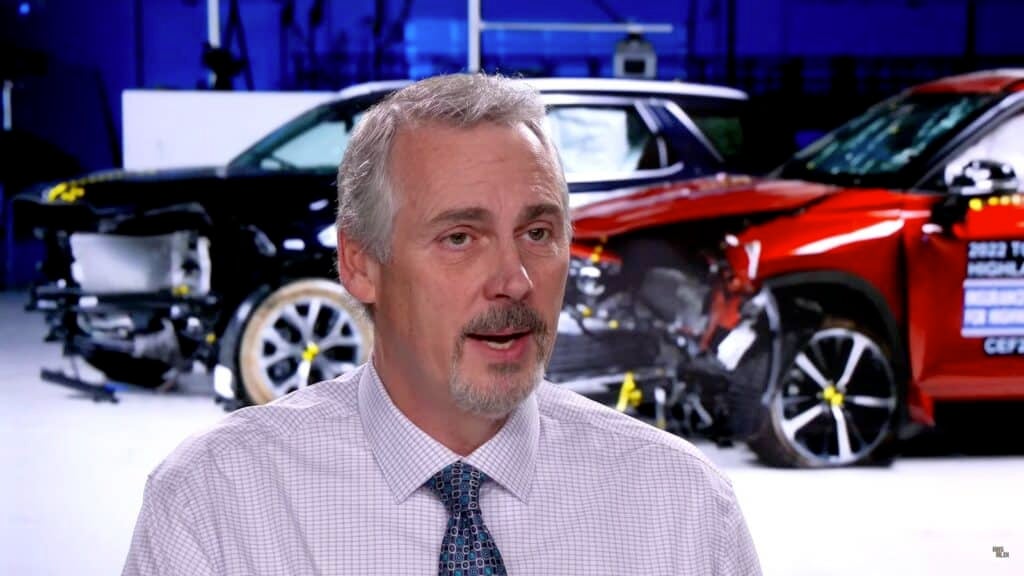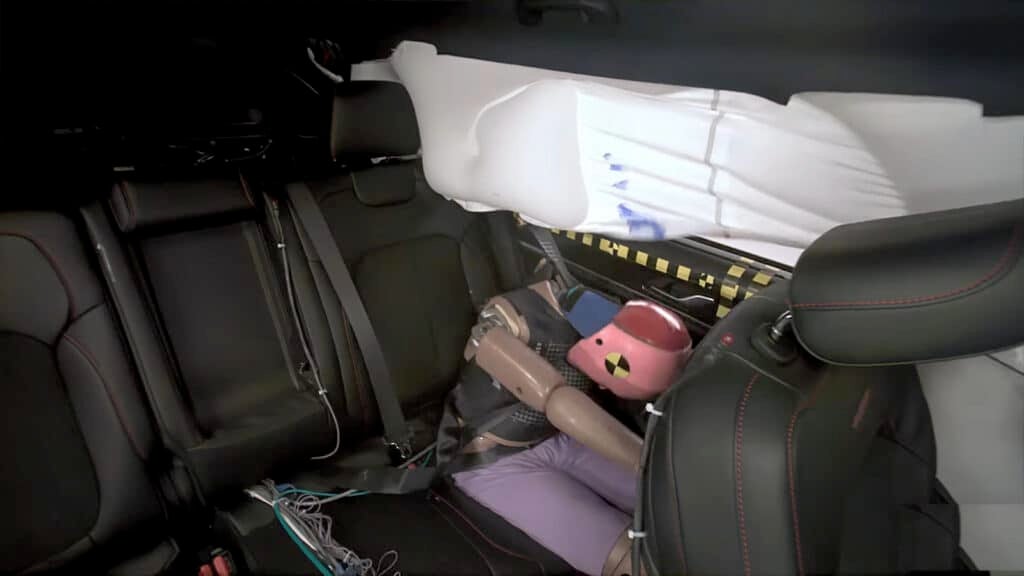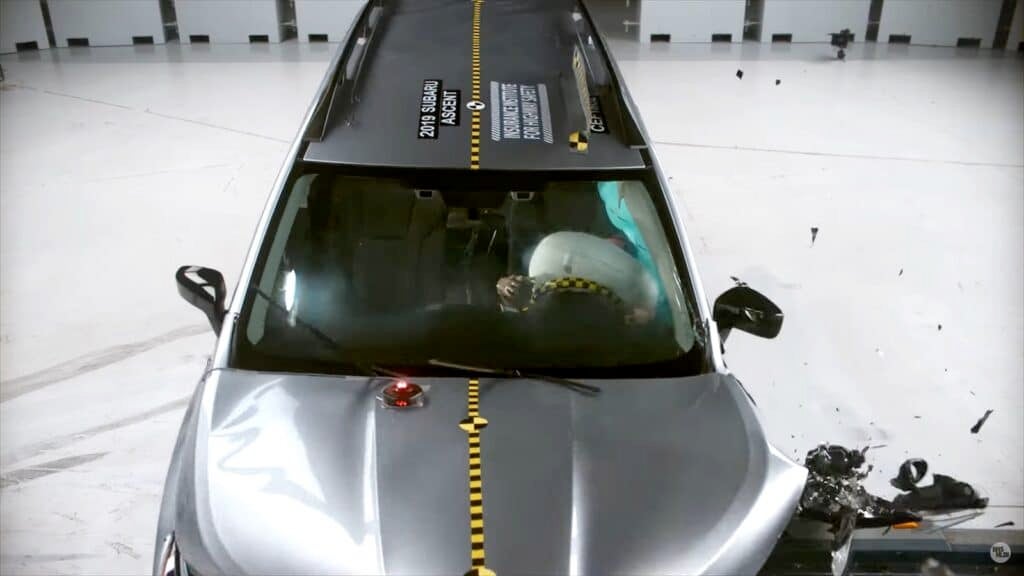New testing by the IIHS revealed midsize sport-utility vehicles fail to offer the same level of protection to rear seat passengers they provide to the driver and front seat passenger. In fact, most fail to even pass the organization’s tests for rear seat safety.

According to the latest set of tests by the Insurance Institute for Highway Safety, the SUVs in that class offer “inadequate front crash protection” for rear seat passengers.
“All these vehicles provide excellent protection for the driver,” said IIHS President David Harkey, “but only a handful extend that level of safety to the back seat.”
Of 13 midsize SUVs tested, only the Ford Explorer, Ford Mustang Mach-E, Subaru Ascent and Tesla Model Y earned good ratings.
The Chevrolet Traverse, Toyota Highlander and Volkswagen Atlas finished with marginal ratings. Six more, the Honda Pilot, Hyundai Palisade, Jeep Grand Cherokee, Jeep Wrangler four-door, Mazda CX-9 and Nissan Murano, rated poor.
New tests net new results

How did so many midsize SUVs suddenly become unsafe? IIHS recently updated its longstanding moderate overlap front crash test to add a rear passenger dummy positioned behind the driver. Although the test still includes a driver dummy, rear passenger protection is the main thing currently differentiating vehicles in this test.
The organization updated the test because researched revealed that improvements in front seat safety in recent years wasn’t matched by a similar gain for rear passengers.
“Zeroing in on weaknesses in rear seat safety is an opportunity to make big gains in a short time, since solutions that are already proven to work in the front can successfully be adapted for the rear,” said IIHS Senior Research Engineer Marcy Edwards, who led the development of the updated test. “The four good ratings in this round of testing show that some automakers are already doing it.”
Although four received high marks, they weren’t perfect, according to IIHS. The rear dummy suggested there was a slight risk of head or neck injuries in the Subaru Ascent and Ford Explorer. In the aforementioned pair as well as the Tesla Model Y, the rear dummy’s head came close to hitting the front seatback, which represents an increase of “the risk of head injuries.”

How the new test works
The new test incorporates a Hybrid III dummy representing a small woman or 12-year-old child positioned in the second row behind the driver and uses specific metrics that focus on the injuries most frequently seen in rear-seat occupants.
To earn a good rating, measurements recorded by sensors in the second-row dummy must not exceed limits indicating an excessive risk of injury to the head, neck, chest, abdomen or thigh. Video footage and greasepaint applied to the dummy’s head must confirm that the restraints prevented the head from hitting the vehicle interior or coming too close to the front seatback and also prevented the dummy’s body from “submarining,” or sliding forward beneath the lap belt, which causes abdominal injuries. A pressure sensor that monitors the position of the shoulder belt on the torso of the dummy is also used to help gauge the risk of chest injuries.
As in the original test, the structure of the occupant compartment must also maintain adequate survival space for the driver, and measurements taken from the driver dummy must not show excessive risk of injuries.
- SEO Powered Content & PR Distribution. Get Amplified Today.
- Platoblockchain. Web3 Metaverse Intelligence. Knowledge Amplified. Access Here.
- Source: https://www.thedetroitbureau.com/2023/03/midsize-utes-falling-short-in-rear-passenger-protection/



